
The Dhebaria Rabari Embroidery Traditions Continue Kutch India
Posted by Mary Anne Wise on 29th Nov 2021
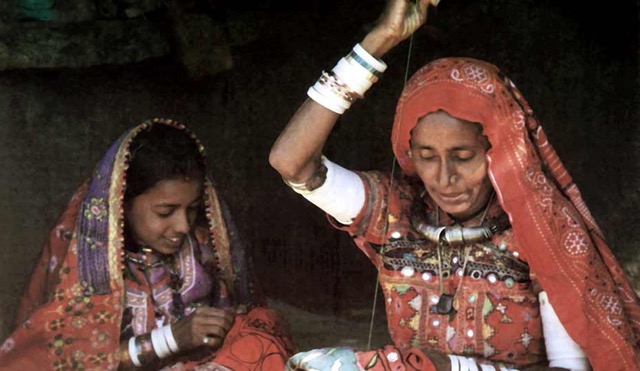
To Stitch Or Not To Stich- That Was Their Question.
The Dhebaria Rabari are a sub group of the Rabari people who live in the Kutch, a semi-arid region in northwest India. In their origin story, Lord Shiva created the Rabari* to tame and tend his camels. Today, Dhebaria men, semi nomadic herders and animal breeders, are renown for their animal husbandry skills.The women are renown around the globe for their extraordinary embroidery and appliqué skills, skills that are passed down from mother to daughter. Rabari women, after daily chores are completed, often congregate in a communal location to express themselves-and their culture- through their embroidery.
Over time the Dhebaria's embroidery became part of a bride’s trousseau. At the age of maturity, mothers would begin training their daughters to commence working on their dowry pieces because bridal customs meant a young woman could not enter her in-laws home without first ‘gifting’ the embroidery trousseau. But completing a trousseau was labor intensive and sometimes prevented a ‘young’ bride from joining her in-laws until age 30 or 40- in order to first complete the embroidery work.
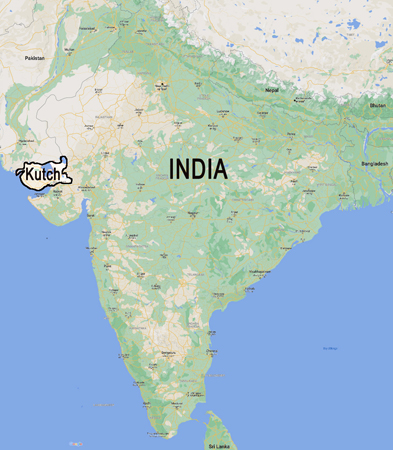
In recognition of the pressures the trousseau-making had upon their community, in 1995 the Dhebaria held a meeting to discuss the issue. To stitch or not to stitch- to continue the tradition of detailed embroidery as part of a brides trousseau- was the question. The community decided to ban the work. The decision meant brides could now join their husbands at the appropriate age and long-term survival of the community would not be threatened.
Recognizing that embroidery is integral to the Dhebaria culture, and indeed, an important cultural legacy, local non-profit artisan groups (such as Qasab ) posed alternatives. Qasab wondered: what if the women created high-value products for markets outside the region so as not to create disharmony with the ban on their traditional embroidery for personal use? And, equally important, ensure Dhebaria women be compensated justly to ensure their extraordinary embroidery and appliqué tradition would continue?
The Dhebaria shawls in Cultural Cloth’s collection are a result of respect for the community's self-imposed ban and efforts to retain the Dhebaria’s embroidered legacy. The shawls ‘read’ like an embroidered oral language; the freehand stitches and appliqué portray both cultural and personal symbols; each shawl is unique and each design is an intuitive expression of the maker. Their simplicity belies and understated elegance that conveys a mastery of technique, design and cultural.
Below are shots of the shawls. See on our website here.
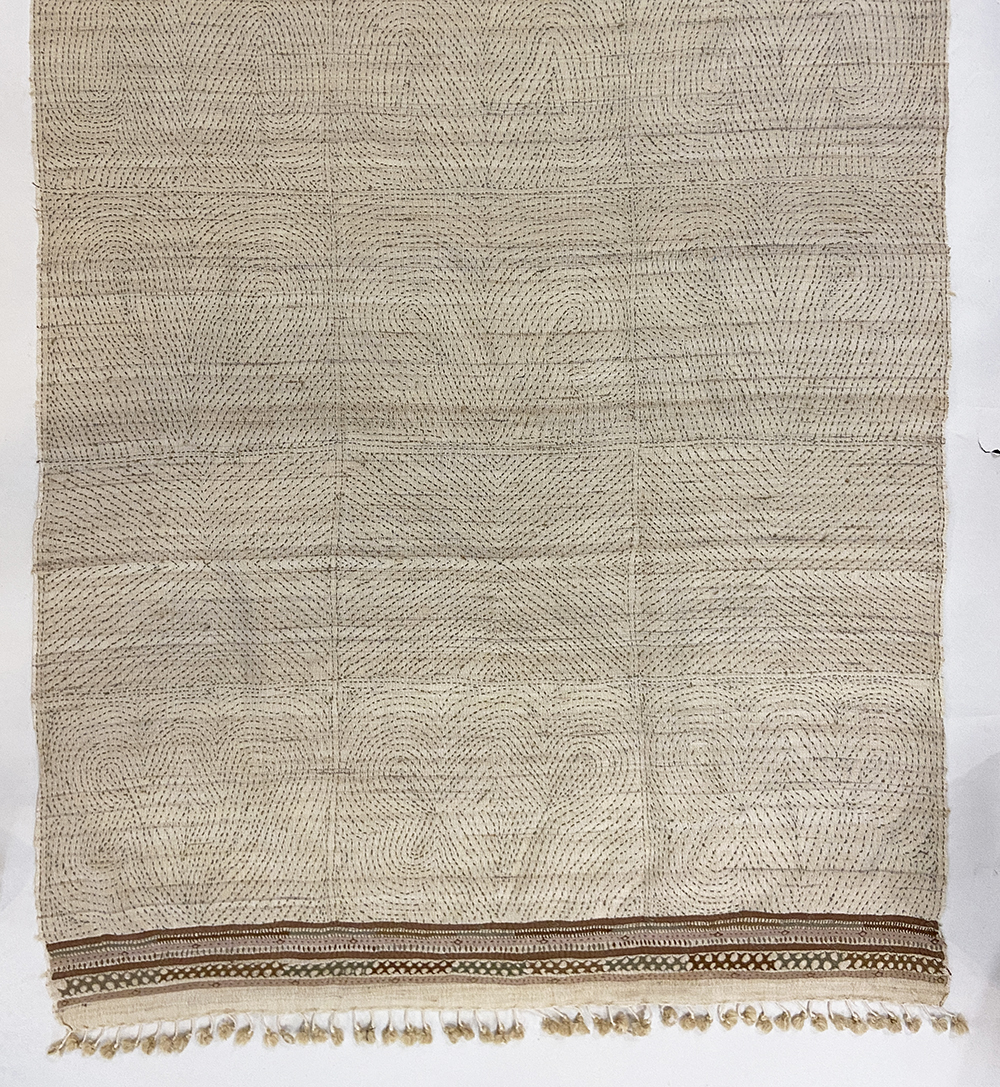
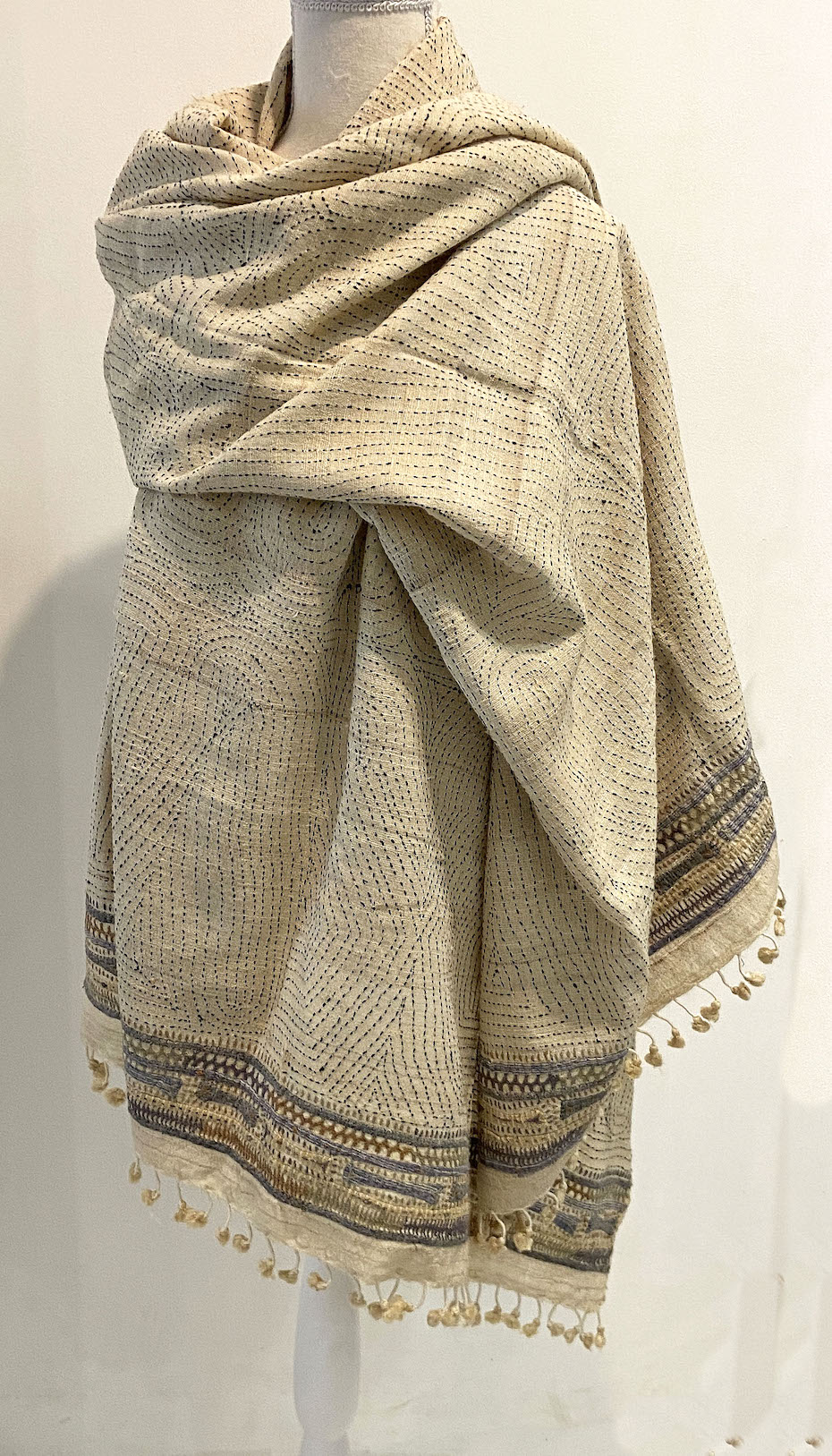
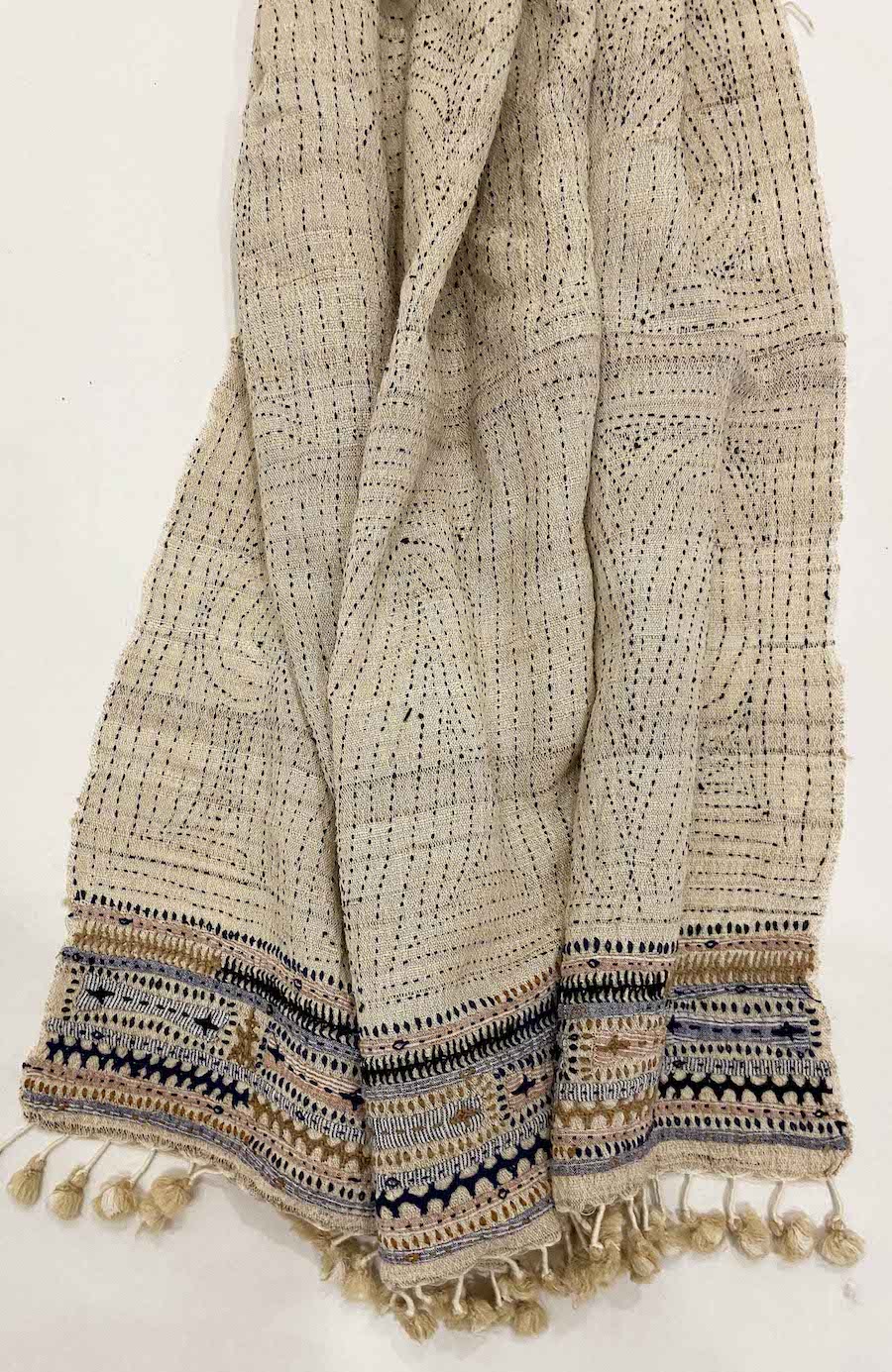
*Read the Rabari origin story here.

